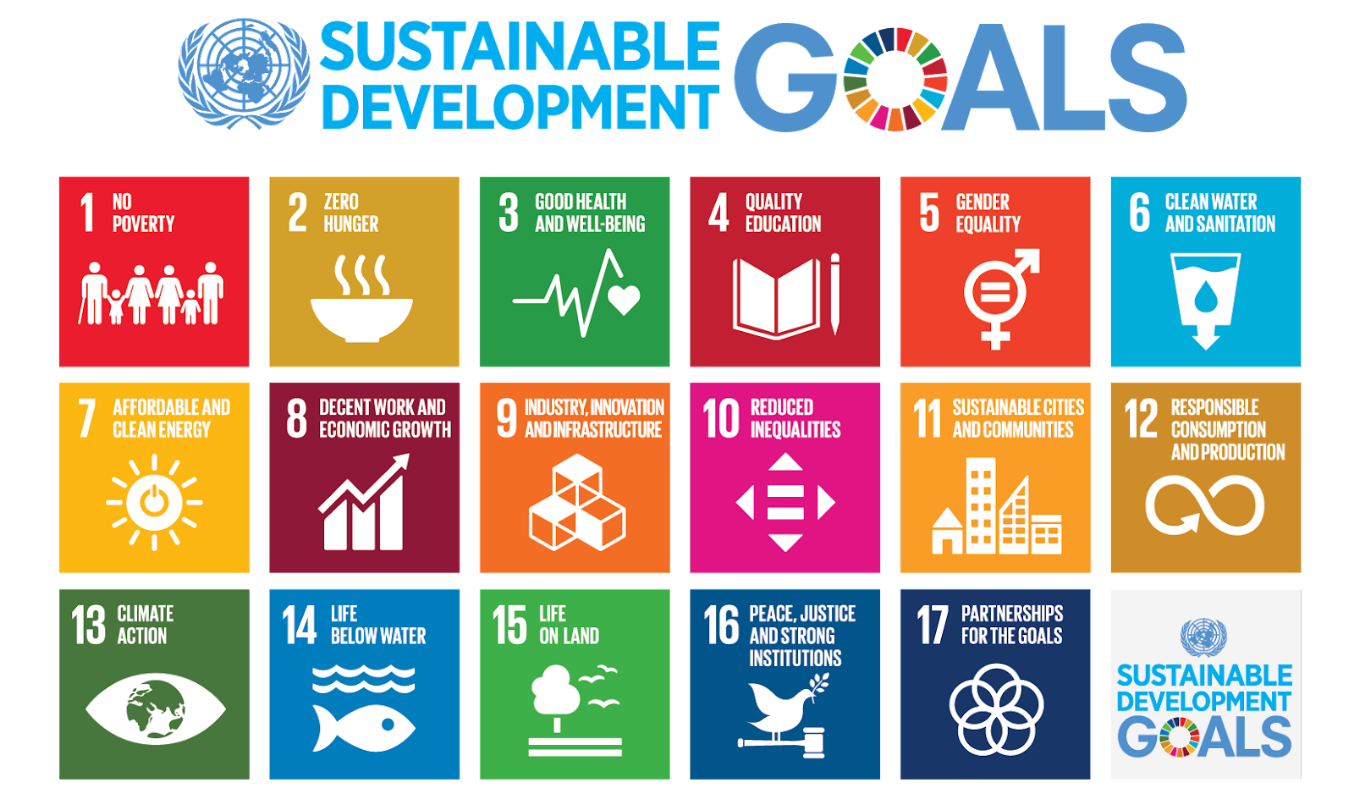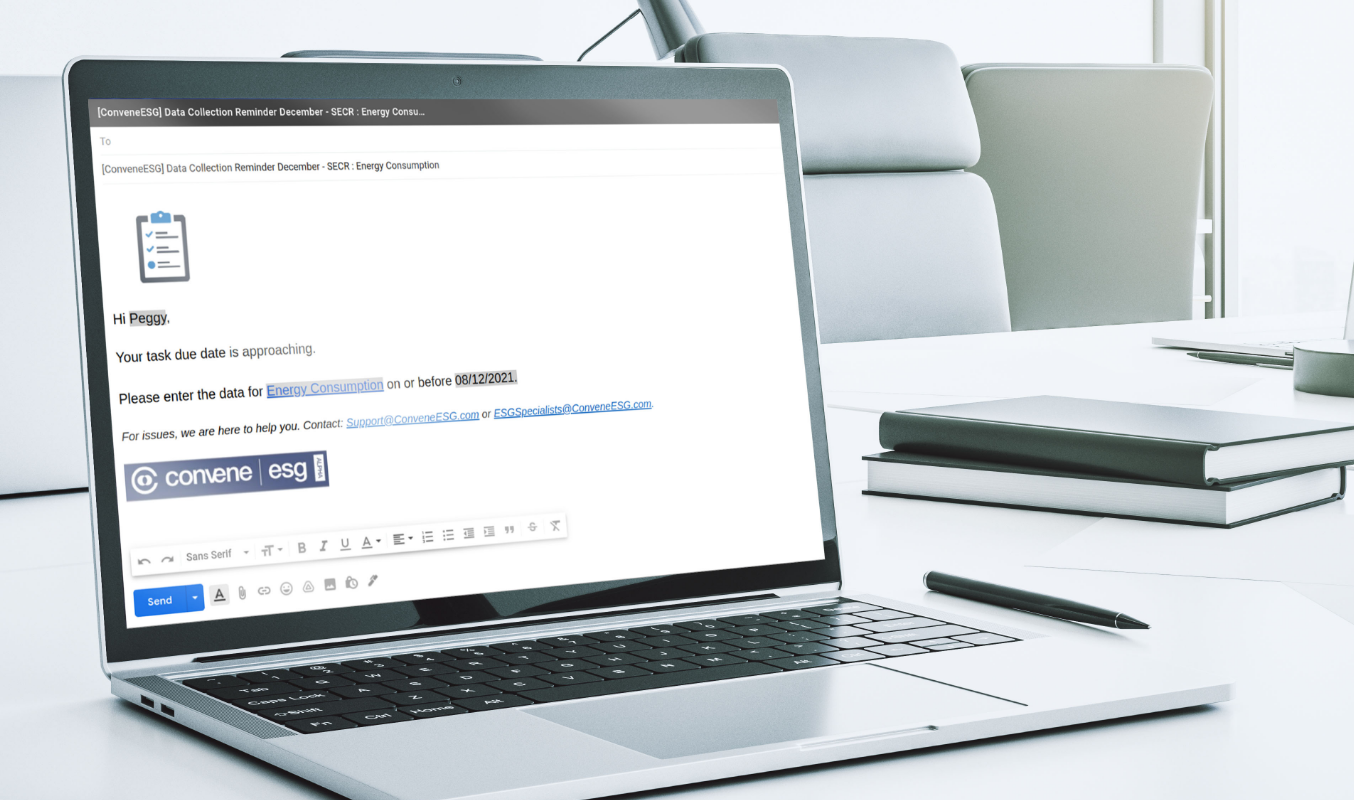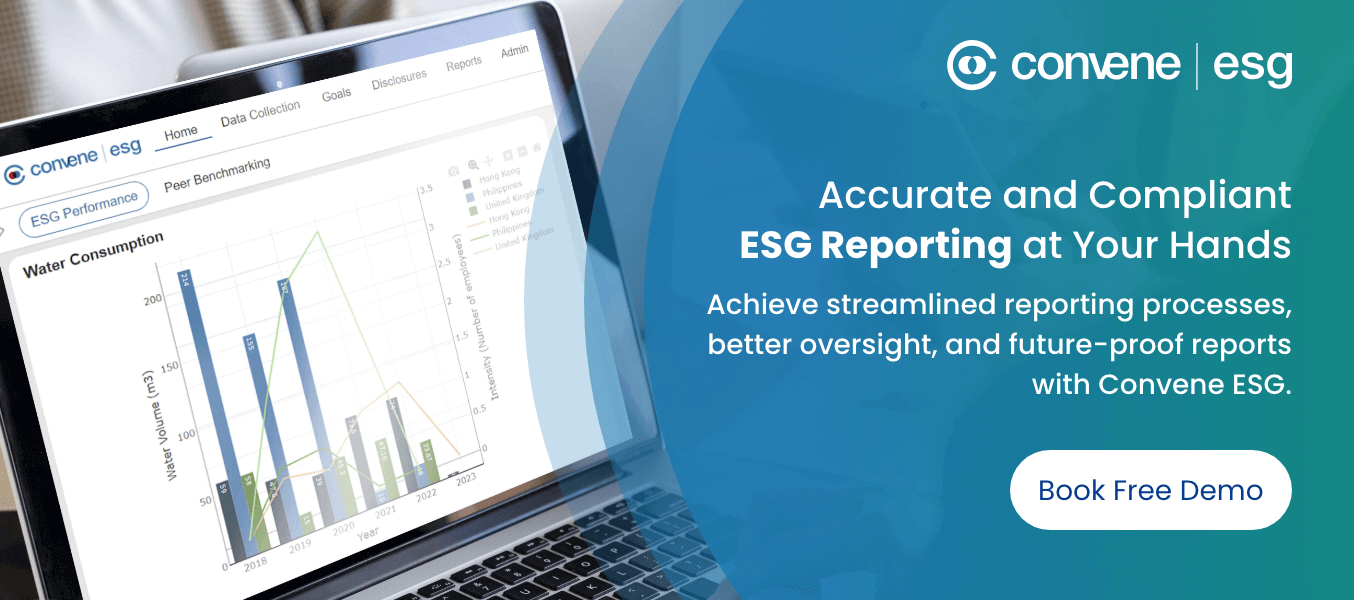As befitting an organisation dedicated to establishing and supporting peace, prosperity, security, and the well-being of humanity, the United Nations has taken a leading role in the fight to combat climate change and unsustainable practices. To that end, a key plank in the UN’s ESG platform is the Sustainable Development Goals (SDGs) — an international commitment to building a more sustainable future by 2030.
Also known as the Global Goals, the UN SDGs were first adopted in 2015. Covering a wide array of critically important topics, including poverty and inequality reduction as well as sustainable growth and infrastructure, the SDGs can serve as a valuable guiding light in ESG reporting. Take a look at what the UN’s ESG goals include, their impact on the world, and how you can incorporate them into corporate sustainability practices and policies in our helpful guide below.
What are the UN SDGs?
The 17 Sustainable Development Goals
The SDGs consist of 17 distinct goals, 169 targets, and 230 indicators for measuring outcomes. Each of the 17 goals addresses a different aspect of sustainability, human rights, and development, including:

The State of UN SDGs Across the World
The 2030 Development Agenda established the SDGs as the UN ESG framework. Each of the 193 UN member states which agreed to the Agenda is ranked on a scale of 100. Finland is currently in first place with a score of 86.51, while countries such as Singapore, the United States, the United Kingdom, the Philippines, and Malaysia all rank within the top 100.
Although companies aren’t bound to submit UN SDG reports, countries are expected to make them a central element in national and regional sustainability and ESG reporting standards and goals. In one study, 83% of responding companies stated they supported the SDGs. However, progress in adopting these goals has been slow, with another study finding that only 0.2% of 8,550 companies surveyed were “strongly aligned” with the SDGs.
More encouragingly, the World Economic Forum found that 19% of Asian and 17% of European companies were aligned or strongly aligned with the goals, while only 8% of US companies met the same benchmark. In addition, 72% of the G250, the world’s largest 250 corporations, such as Coca-Cola, Microsoft, and Unilever, now connect their business activities with the UN’s SDGs.
How to Include the SDGs in Your ESG Reports
ESG and UN SDGs are comparable in many aspects, in that both address critical factors surrounding environmental, social, and governance reporting and overall sustainability. However, to incorporate the SDGs into existing corporate sustainability goals and reporting practices, many companies employ a technique known as SDG mapping.
Using SDGs to Construct Sustainable Plans of Action
Moreover, new and expanding companies can use UN ESG principles as a set of guidelines when establishing ESG policies. Specific elements of major ESG considerations can be translated into various aspects of all 17 SDGs. When considered at the planning stage, this interconnectivity between ESG and the UN’s SDGs can be a valuable tool for creating reporting strategies that comply with a broad array of widely used frameworks.
Highlighting Priority Targets and Overall Performance
As in other areas of corporate activity, many executives and stakeholders find it simpler to increase sustainability through achievable short- and long-term goals. In order to identify these goals, it’s necessary to view ESG matters in a global context.
By mapping your company’s ESG goals and performance onto the SDG framework, you can identify high-priority targets and areas in need of improvement, and track your overall progress in the UN’s ESG principles. Comparing these points to existing goals and past performance can be a useful method for understanding how you can improve and continue to meet the latest UN ESG goals.
SDG Mapping for Existing ESG Reporting Practices
Mapping involves the use of ESG software tools that pair corporate activities and topics through advanced keyword searches using the UN’s SDG documentation. Ideally, SDG reporting should be carried out based on established international reporting frameworks, such as GRI or TCFD. By combining these guidelines with UN ESG principles, established companies can significantly improve demonstrations of their value and commitment to sustainability to stakeholders.
Measuring Up to the Sustainable Development Goals with Convene ESG

When taking on the challenge of meeting the SDGs, companies in all sectors and industries can simplify the task through the use of Convene ESG.
This ESG reporting software offers users tools to digitalise data collection and streamline analysis to ensure complete compliance with the UN’s ESG principles and other major reporting frameworks. Convene ESG’s comprehensive data management system makes it possible to closely monitor past performance and identify critical goals for a sustainable future for all.
Visit them online to learn more about this innovative platform, its many valuable features, and how it can help you meet your UN ESG goals.















